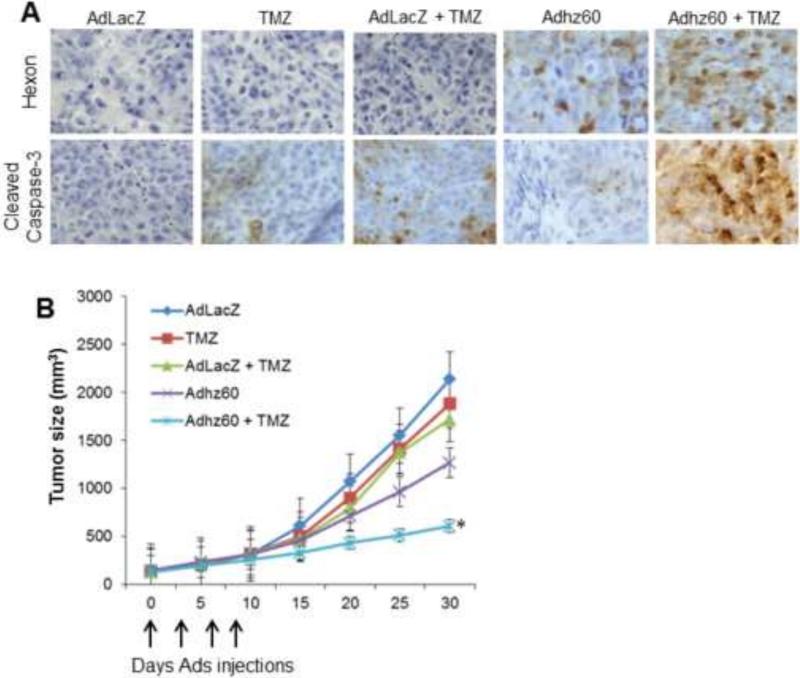Figure 7. Evaluation of the therapeutic potential of combined therapy of Adhz60 with temozolomide in subcutaneous lung cancer mouse model.
Flank lung cancer xenografts were developed by injection of H441 human lung cancer cells subcutaneously. Therapy was initiated 7 days after tumor injection when palpable tumors were formed. Treatments (n=6) were as follows: Ad-LacZ (control), Adhz60, temozolomide (TMZ), AdLacZ + TMZ, and Adhz60 + TMZ. Virus therapy was delivered by intratumoral injection every 3 days for a total of 4 doses (vertical arrows). TMZ was administered by intraperitoneal injection daily for 5 days. Tumor volume (V) was plotted against time and was determined by the equation V = (L × W2)/2, where L is the length and W is the width of the tumor. (A) Immunohistochemistry of excised tumor samples with hexon and cleaved caspase-3 indicate increased hexon expression and apoptosis activation with combined treatment of Adhz60 and TMZ (Adhz60 + TMZ). (B) Shows mean tumor volumes over the 30-day experiment estimated by caliper measurements every 5 days. Tumor size differences between treatment groups were compared over the course of the experiment using repeated measures ANOVA. Tumor sizes at the conclusion of the experiment were compared using one-way ANOVA, and post hoc testing of differences between groups was adjusted for multiple comparisons using Tukey's HSD. Tumor size in the Adhz60 + TMZ treatment group had significantly decreased (SD; error bars) (*P < 0.05).

